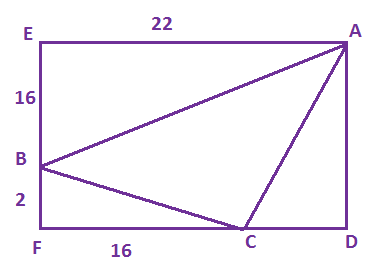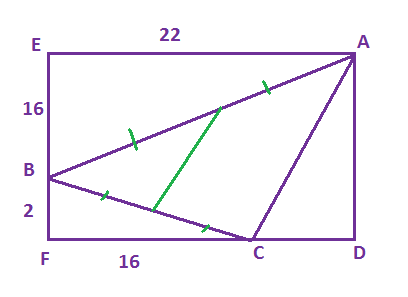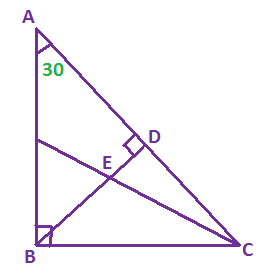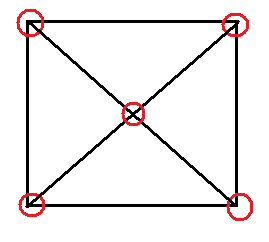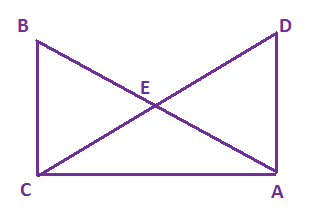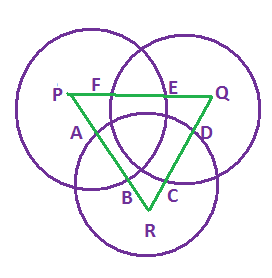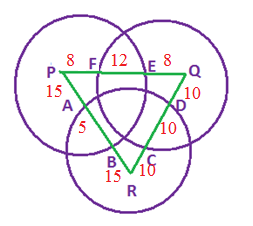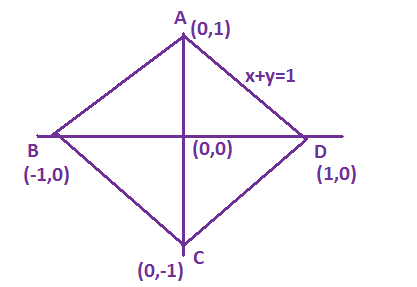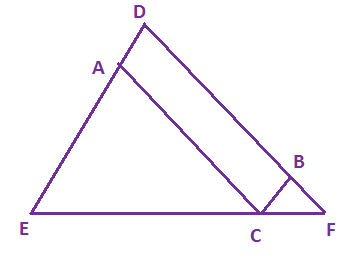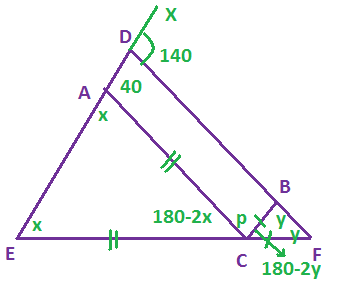Exams > Cat > Quantitaitve Aptitude
GEOMETRY SET I MCQs
:
B
Option (b)
EF = AD = 8
(EADF is a rectangle)
CD = (22 – 16) = 6
So in the right angled triangle ADC, AD = 8 and CD = 6.
Therefore AC = 10
Therefore length of the line joining the mid – points of
AB and BC = 12 (10) = 5
(length of the line joining the mid – point of two sides of a triangle is half the 3\(^{rd}\)
:
B
∠ACB= 60
∠DCE= ∠ECB= 30
Therefore, ∠CED= 60. Option (b)
:
A
(b) In ΔCBE and ΔADE
CBA = CDA
(a chord of a circle subtends equal angle an all its circumference)
Similarily BCD = BAD and BEC = AED
(opp. angles)
Therefore ΔCBE ΔADE (AAA similarity rule)
Now BCDA=1224=12 Thus, ratios of areas = 1:4,
since Ratio of Areas of 2 similar triangles = Ratio of squares of the corresponding sides
Answer the questions based on the following information:
A rectangle PRSU is divided into two smaller rectangles PQTU, and QRST by the line TQ.PQ = 10cm. QR = 5 cm and Rs = 10cm. Points A, B, F are within rectangle PQTU, and points C, D, E are within the rectangle QRST. The closest pair of points among the pairs (A,C), (A,D), (A,E) (F,C), (F,E), (B,C), (B,D), (B,E) are 10√3 cm apart.
Which of the following statements is necessarily true?
:
A
The diagonal length of a rectancle PUSR = 5√13 = 18 (approx)
Among given eight pairs the shortest distance = 10√3
So, the six points A, B, F, C, D and E are near corner of rectangle PUSR.
So, (F,C) cannot be the shortest distance.
:
D
(d) Cannot be determined

